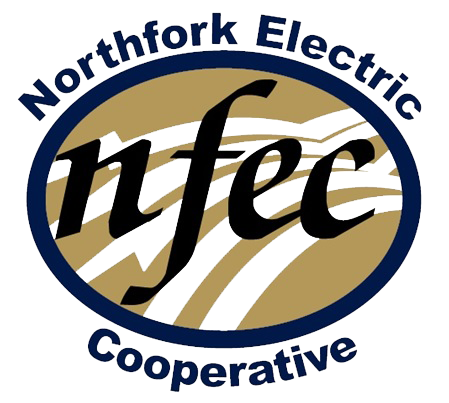October 2020 Ice Storm Leads to Devastating Damage Across Oklahoma
On Sunday, October 25, a significant winter storm system began to develop in Oklahoma. The system, which brought an ice storm warning for most of central and parts of western Oklahoma, is considered historic due to its early fall timeline. At its peak, Oklahoma’s electric cooperatives experienced 74,439 outages. Outages are still taking place today, Wednesday, October 28 and expected to last several days in some cases. Restoration efforts are ongoing. Collectively, utilities in the state of Oklahoma, including investor-owned and a few municipalities, have reported more than 353,000 consumers without power.
On Monday, October 26, Governor Kevin Stitt issued an Emergency Declaration for 47 Oklahoma counties due to severe winter weather, freezing rain and ice accumulations. While it is still too early to fully assess all storm damage, the impacted electric cooperatives report structural damage that includes broken cross arms and poles. High winds have caused galloping lines in areas where power lines are already coated in thick layers of ice. Heavy ice accumulations have caused trees to snap and limbs and branches to break, making power outages even more likely.
Western Farmers Electric Cooperative, a generation and transmission electric cooperative and the power supplier for 17 rural distribution electric cooperatives in Oklahoma, plus the Altus Air Force base, reports at least 75 transmission structures are down or heavily damaged as of Wednesday morning, October 28.
As of early Wednesday, mutual aid crews from at least 13 electric cooperatives – including sister cooperatives from Missouri and Arkansas – are assisting impacted co-ops in Oklahoma. Damage has been extensive; this may be a multi-day outage event for some Oklahoma consumers in hard-hit areas.
As of 12:30 p.m. on Wednesday NFEC has 1651 meters without power due to broken tree limbs, broken poles with lines down. Remember, if you see a downed power line, move away from it and anything touching it. The ground around power lines may be energized up to 35 feet.
To monitor outages within the NFEC service territory and statewide, follow along at https://www.nfecoop.com/outage-log.
